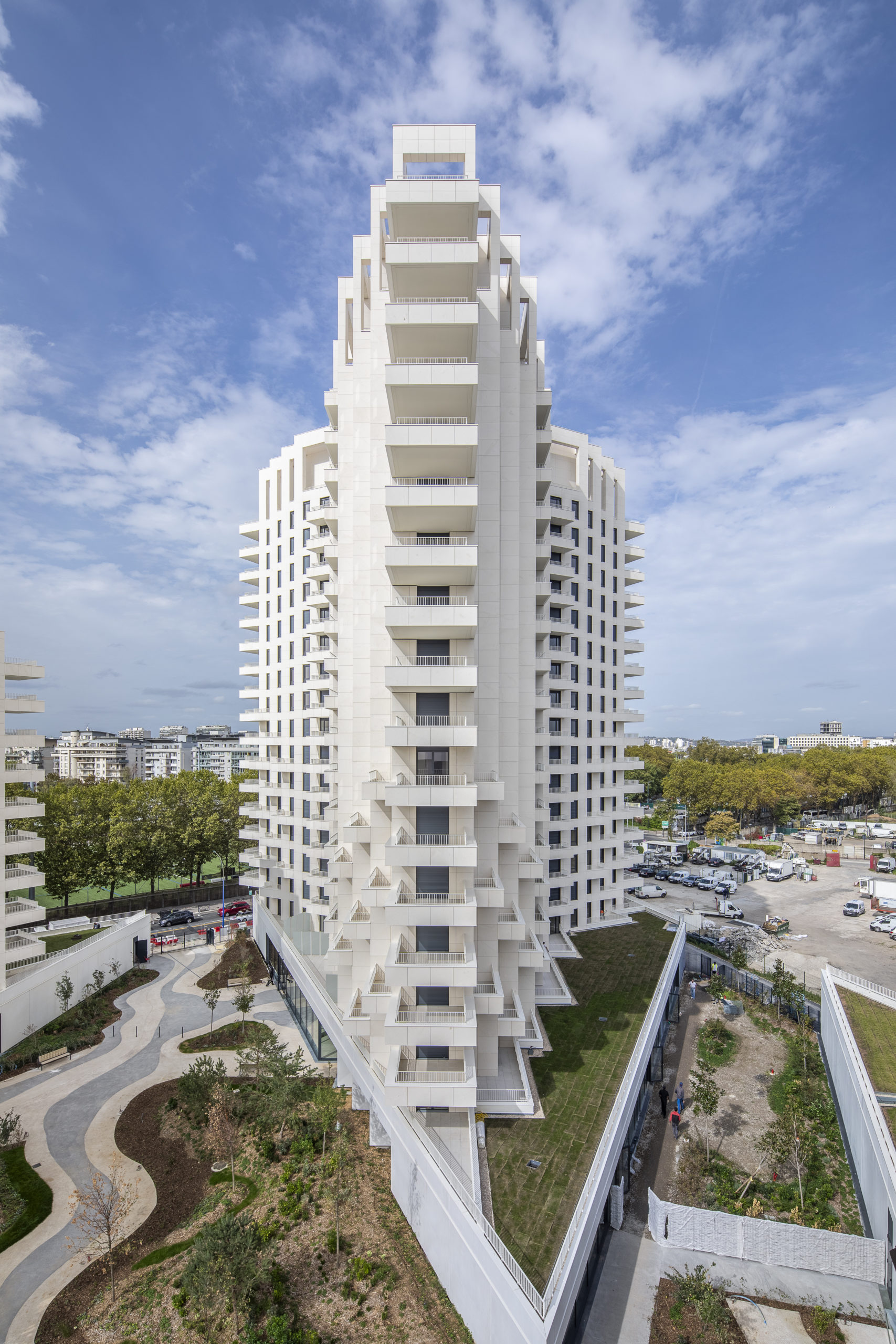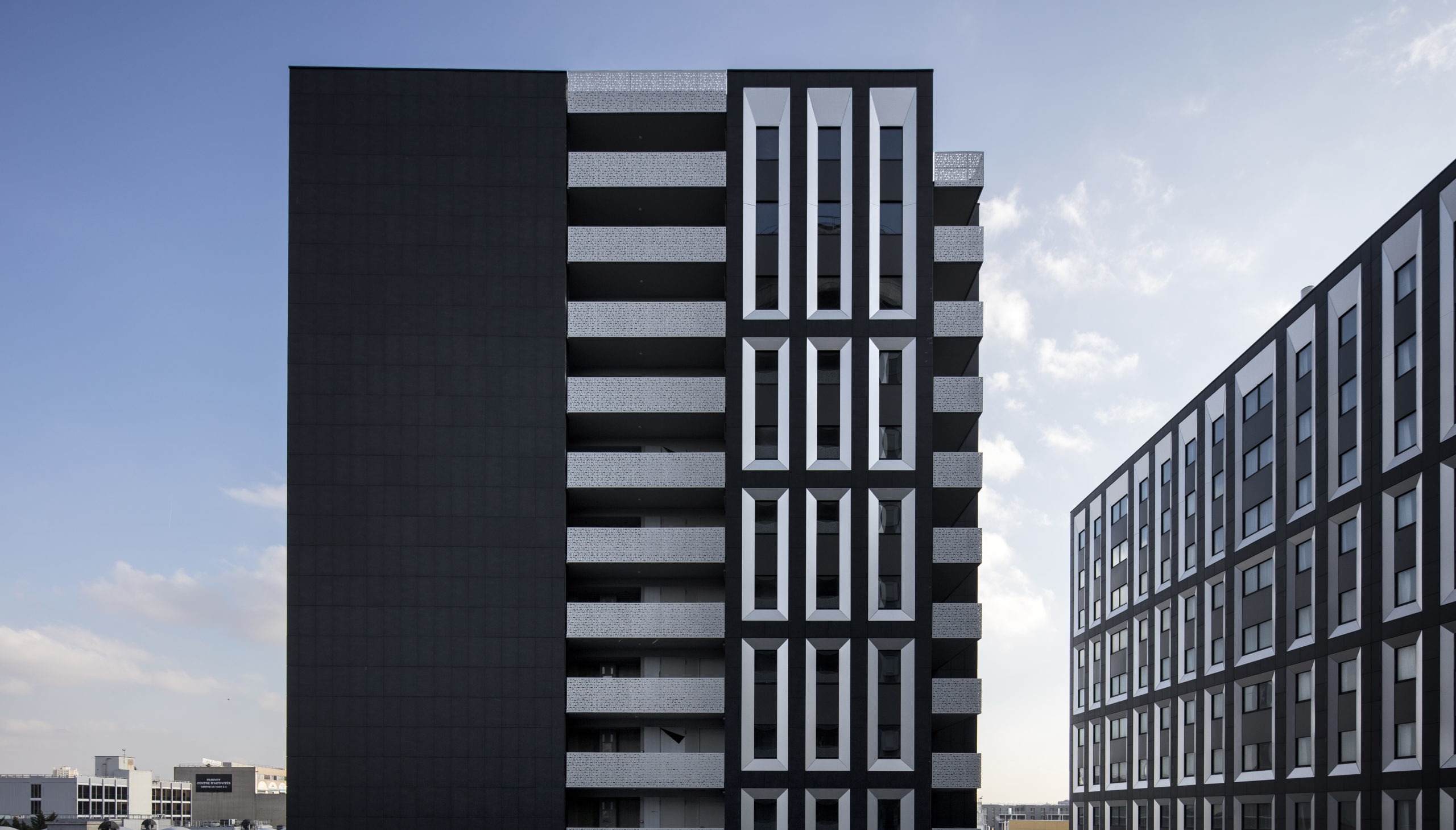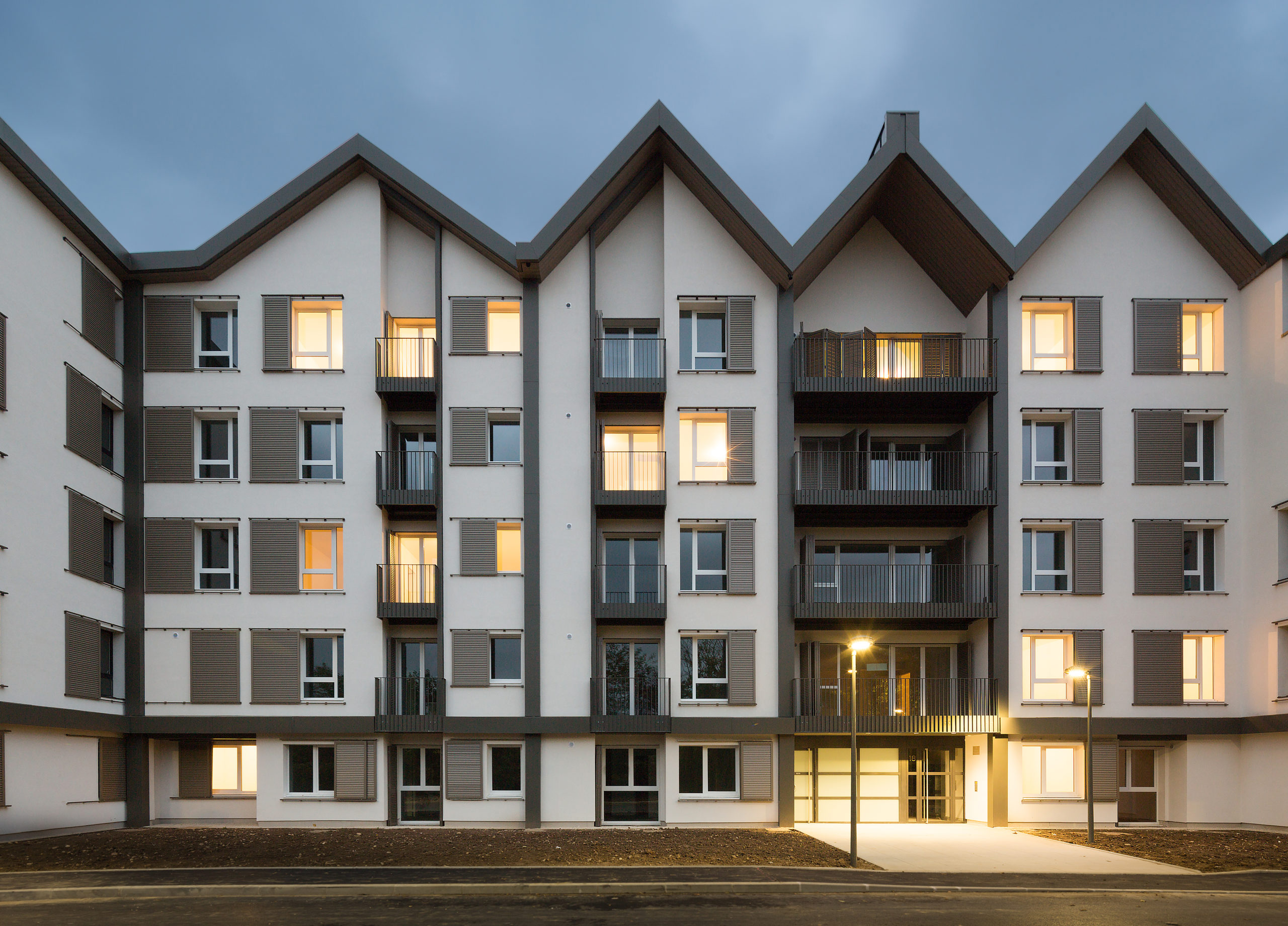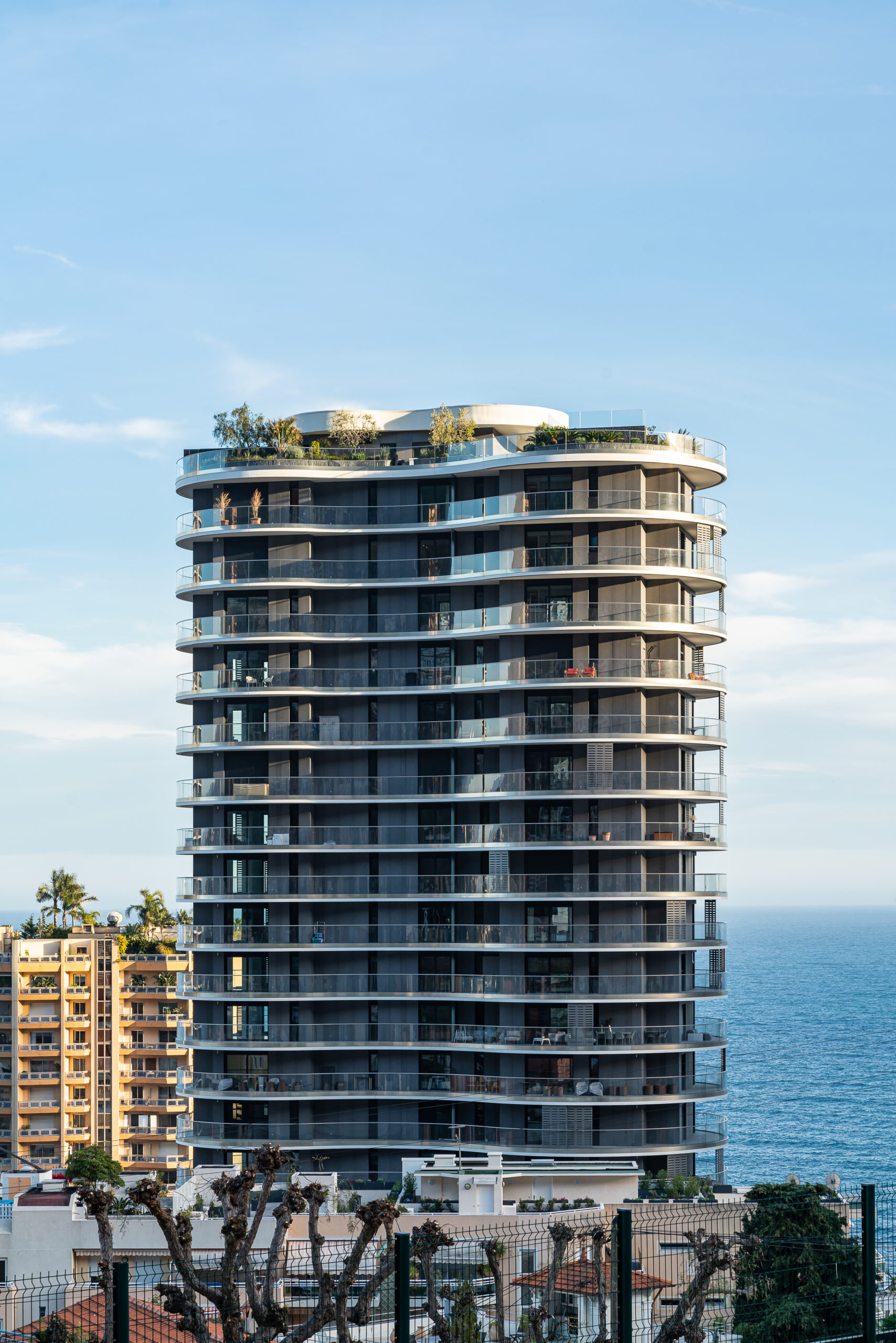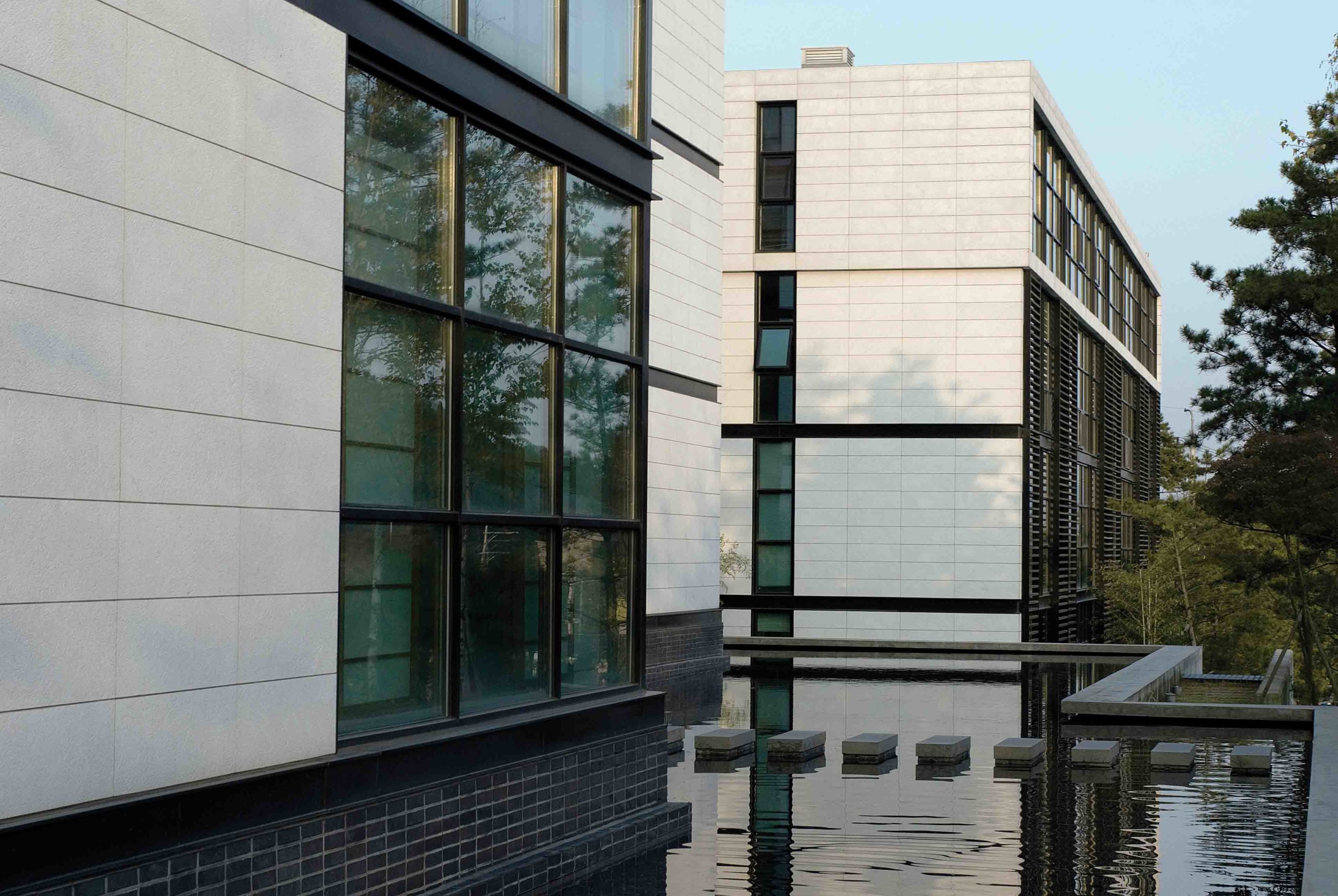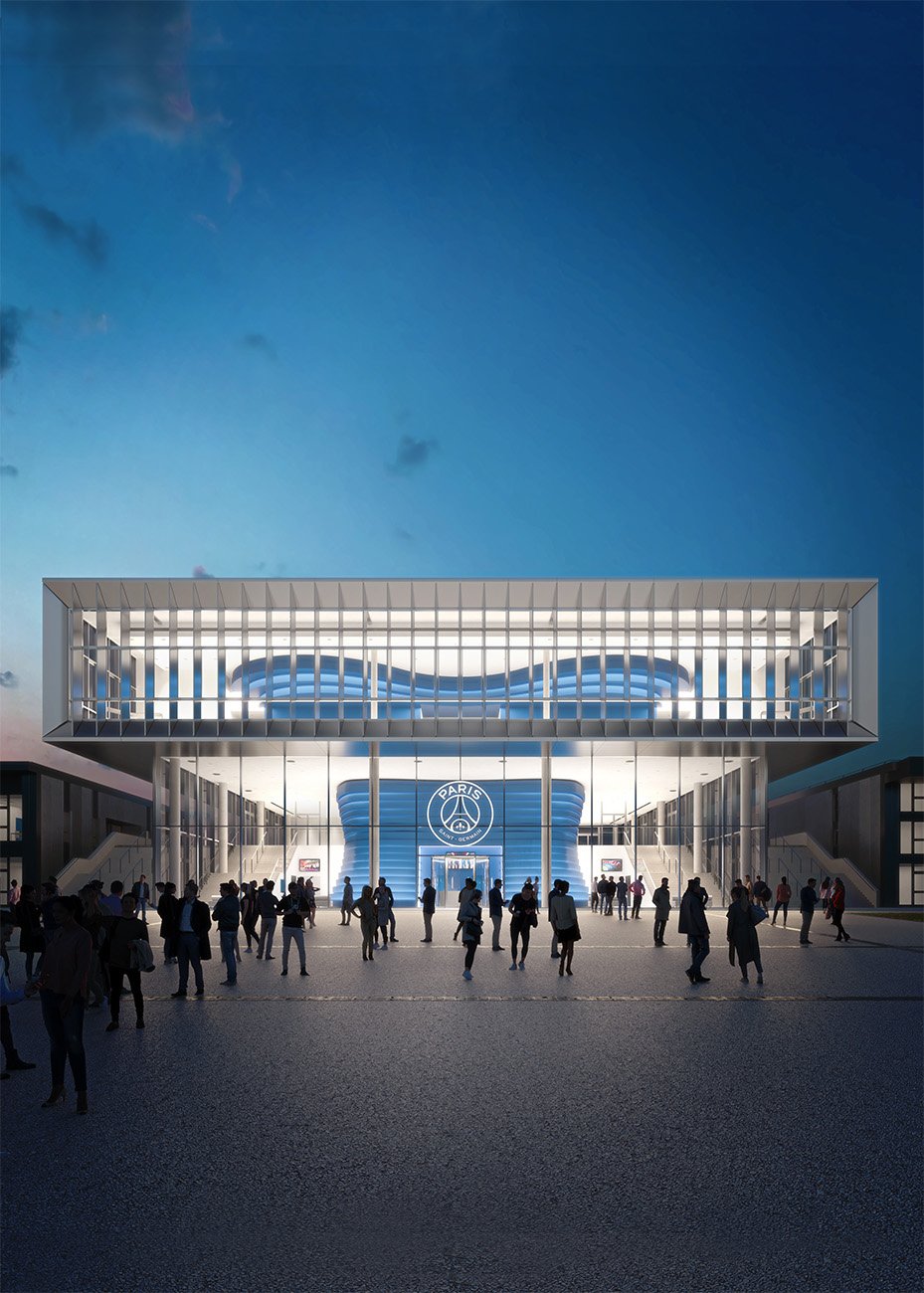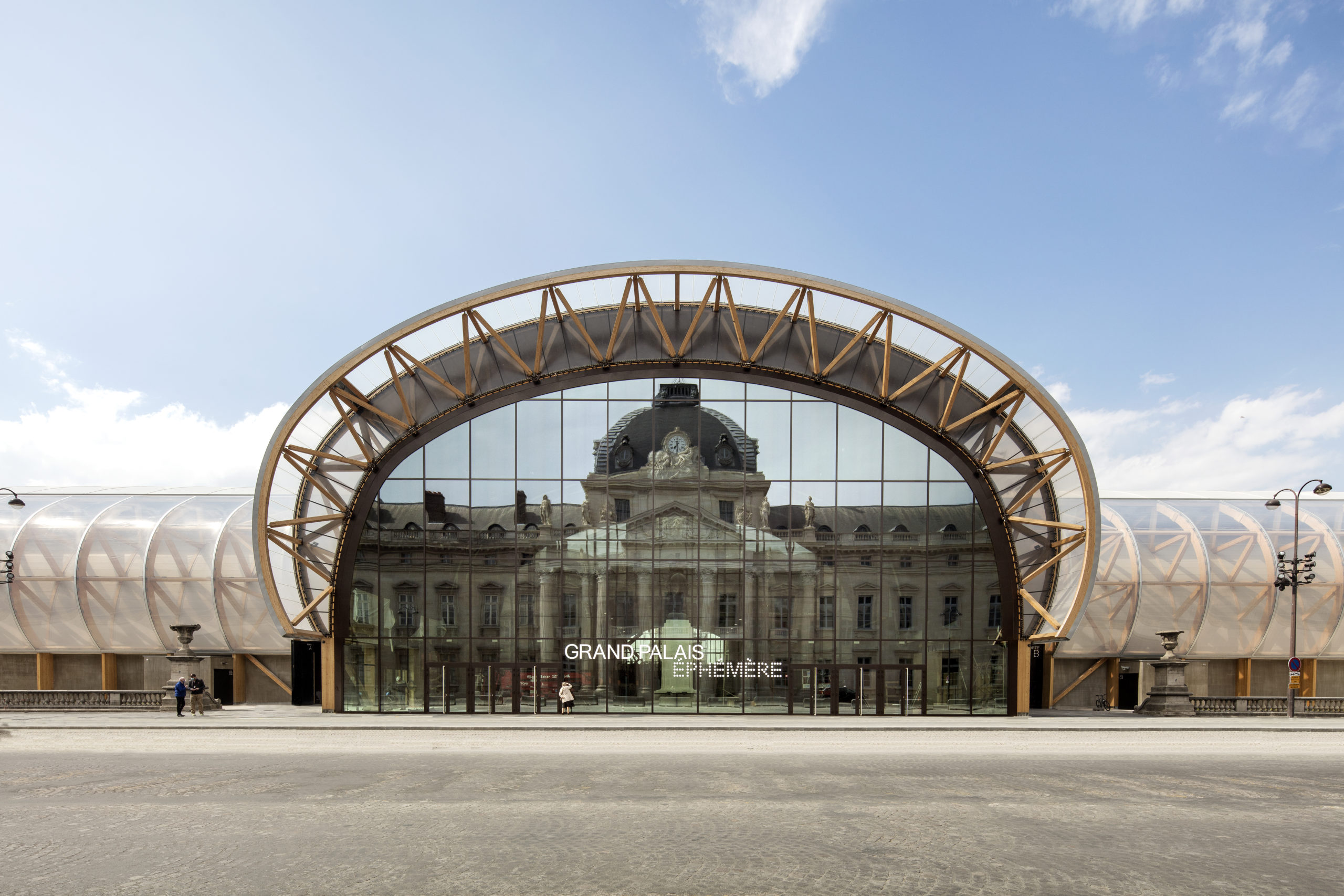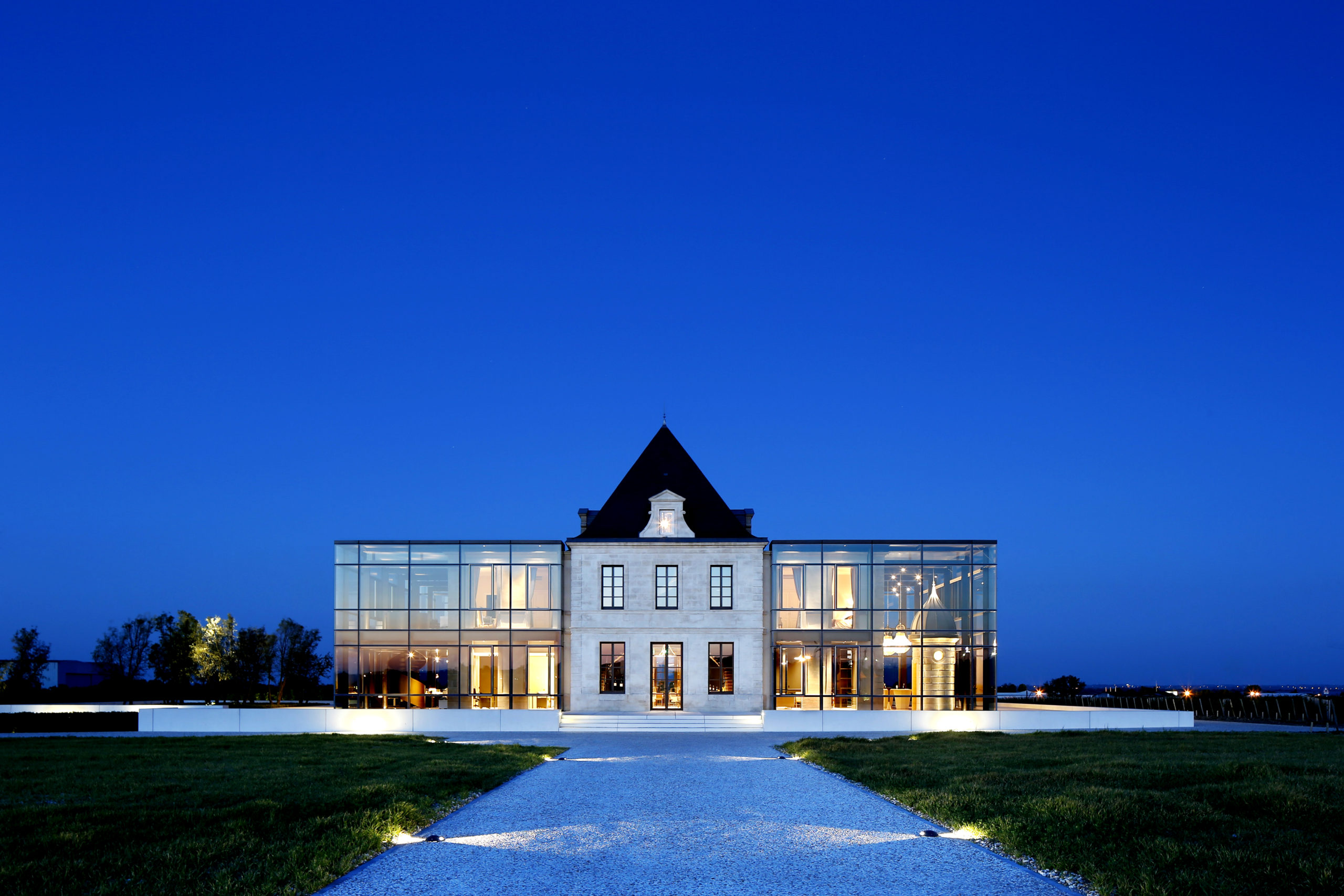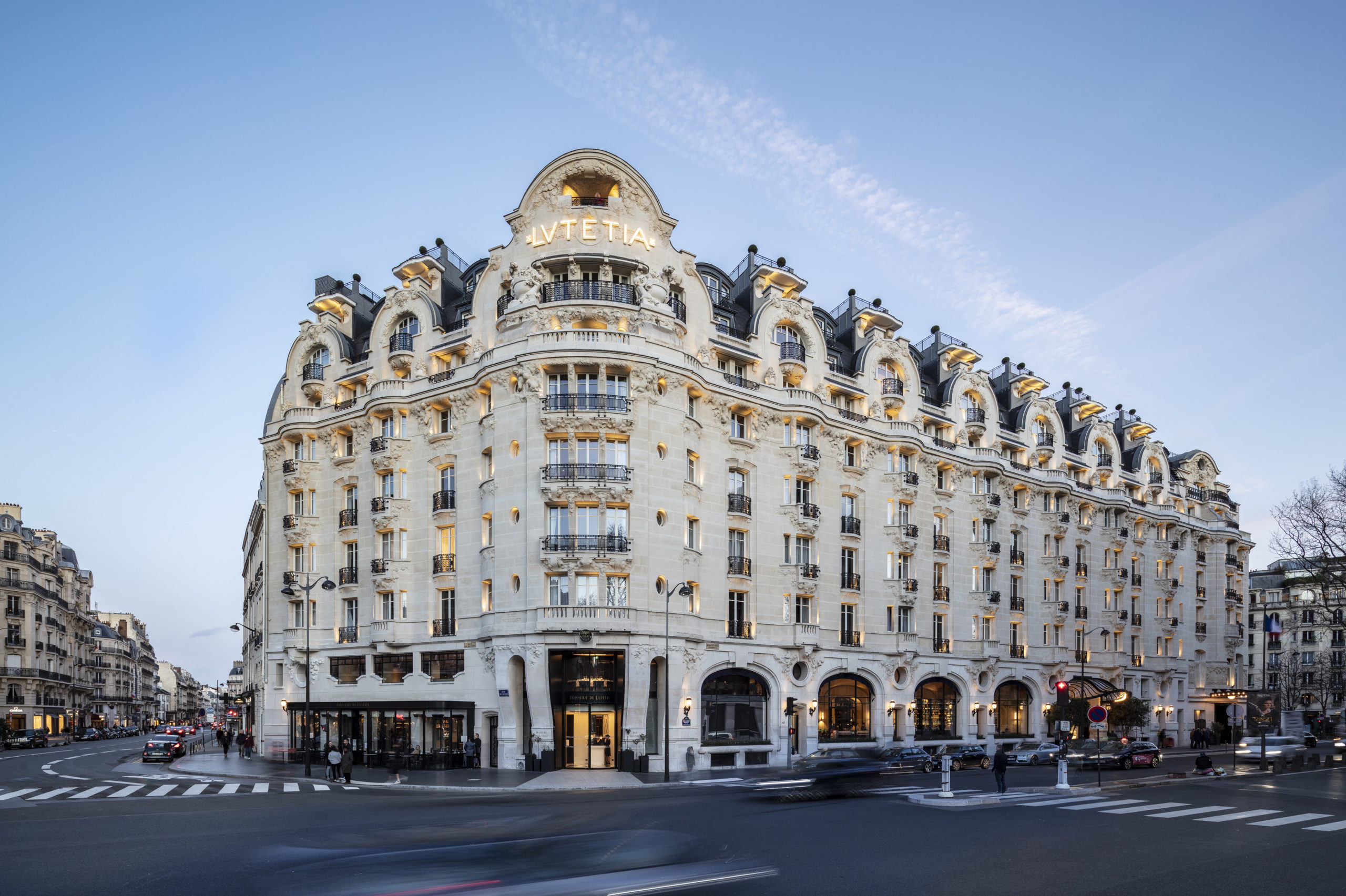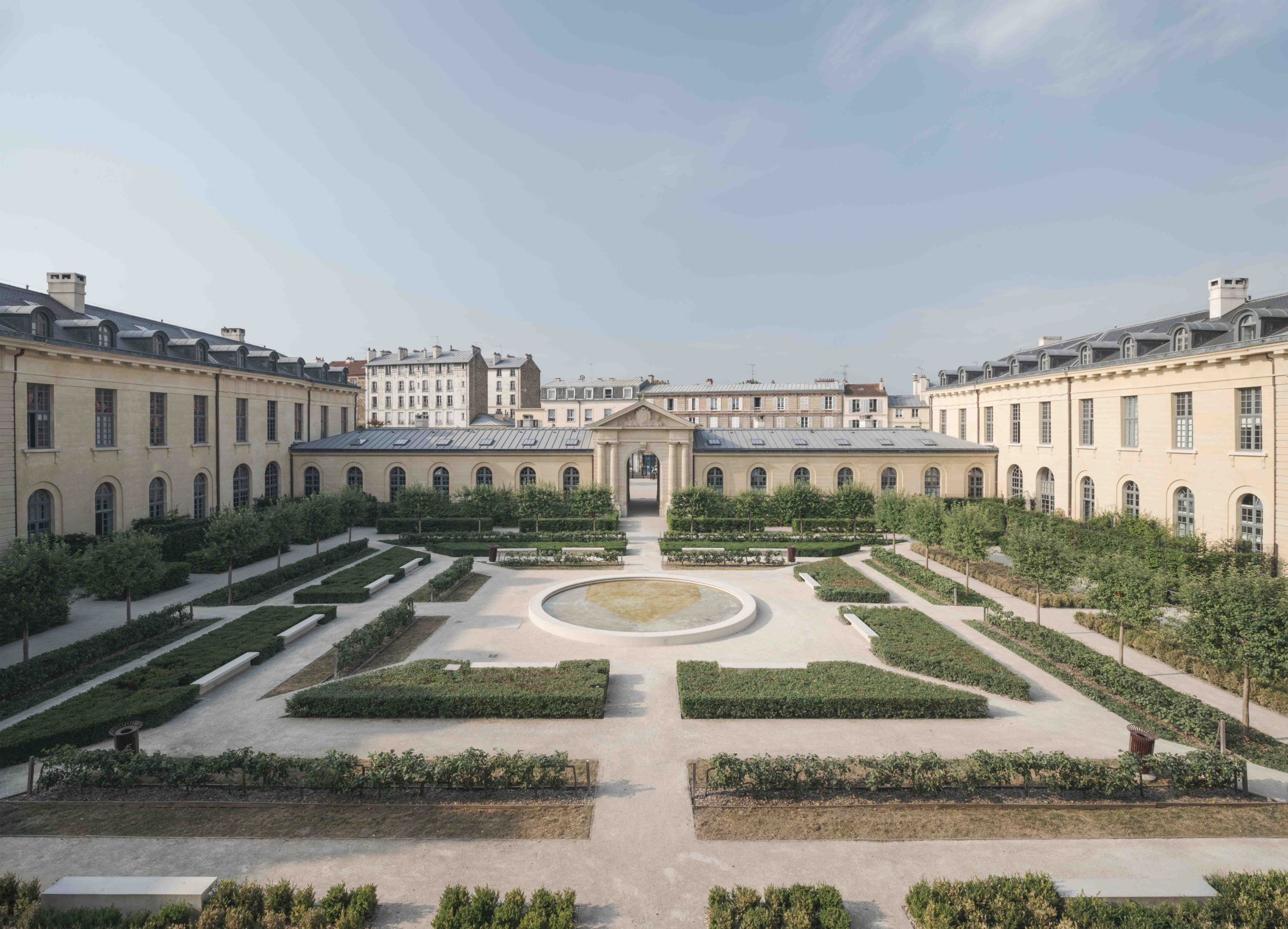
Carré Richaud
Versailles, France
SCI Le Carré Richaud, SCI Les Allées Richaud, SCI Les Allées Foch
Architect: Wilmotte & Associés
ACMH: 2BDM Architectes
Landascaper: Neveux Rouyer
Structure: Scyna 4
Roads and services infrastructure: Setu
Acoustics: AVLS, MMS (Les Allées Foch)
Fluids and thermal engineer: M.B.E., PRELEM (Les Allées Foch)
Cost consultant: DAL
Control office: Batiplus
Soil engineer: Fugro
Site manager: ELAN (MH)/ARCOBA (Jardins Richaud), ELAN (Les Allées Foch)
Rehabilitation: 11 600 sqm
New buildings: 7 500 sqm
Housing area: 4008 sqm (Les Allées Foch)
2015
Rehabilitation and redevelopment of the old royal hospital building: Carré
Richaud
Creation of a residential block and a student residence: les Jardins Richaud
Establishment of a mixed programme housing and commercial spaces: les Allées Foch
Development of outdoor spaces and three gardens
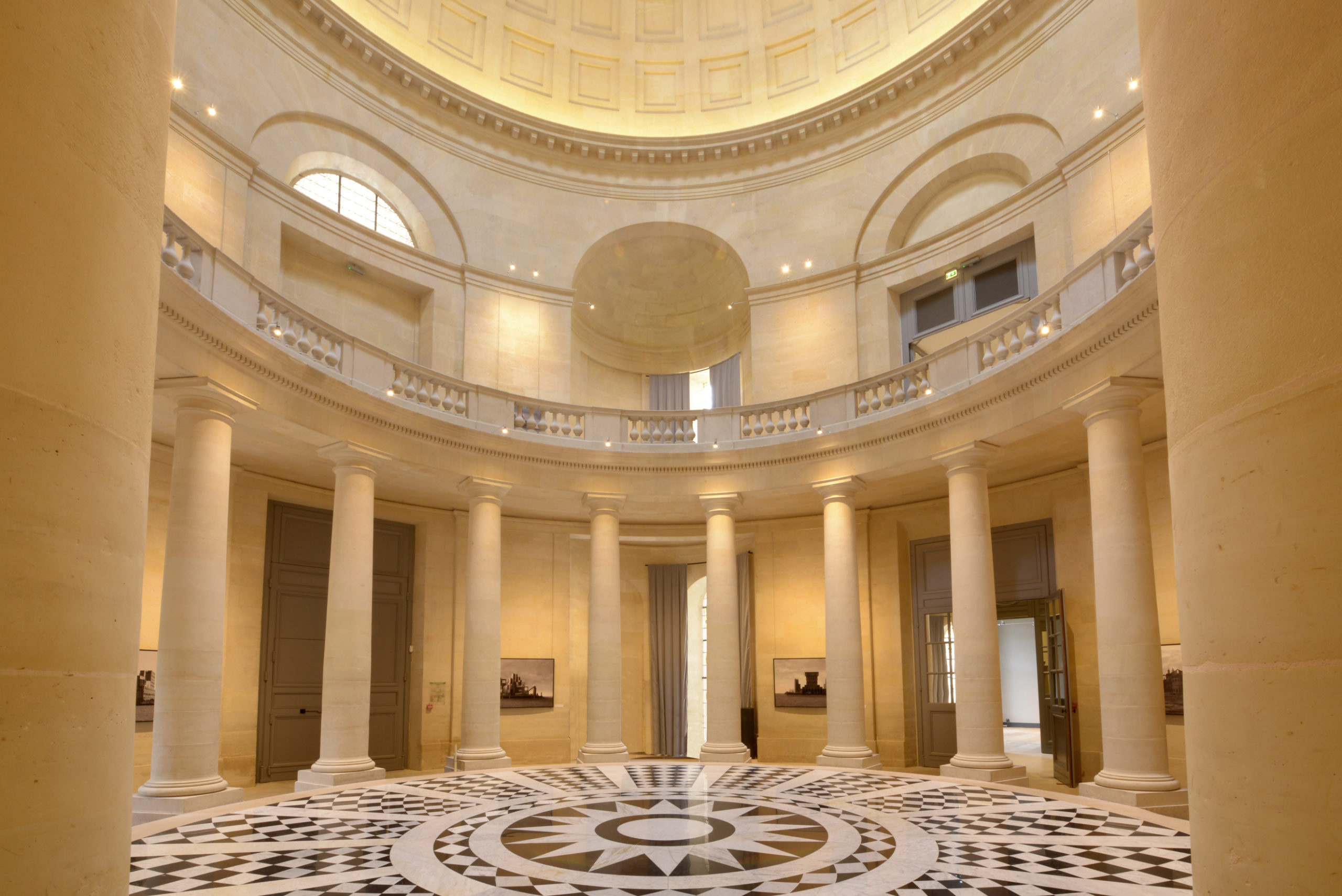
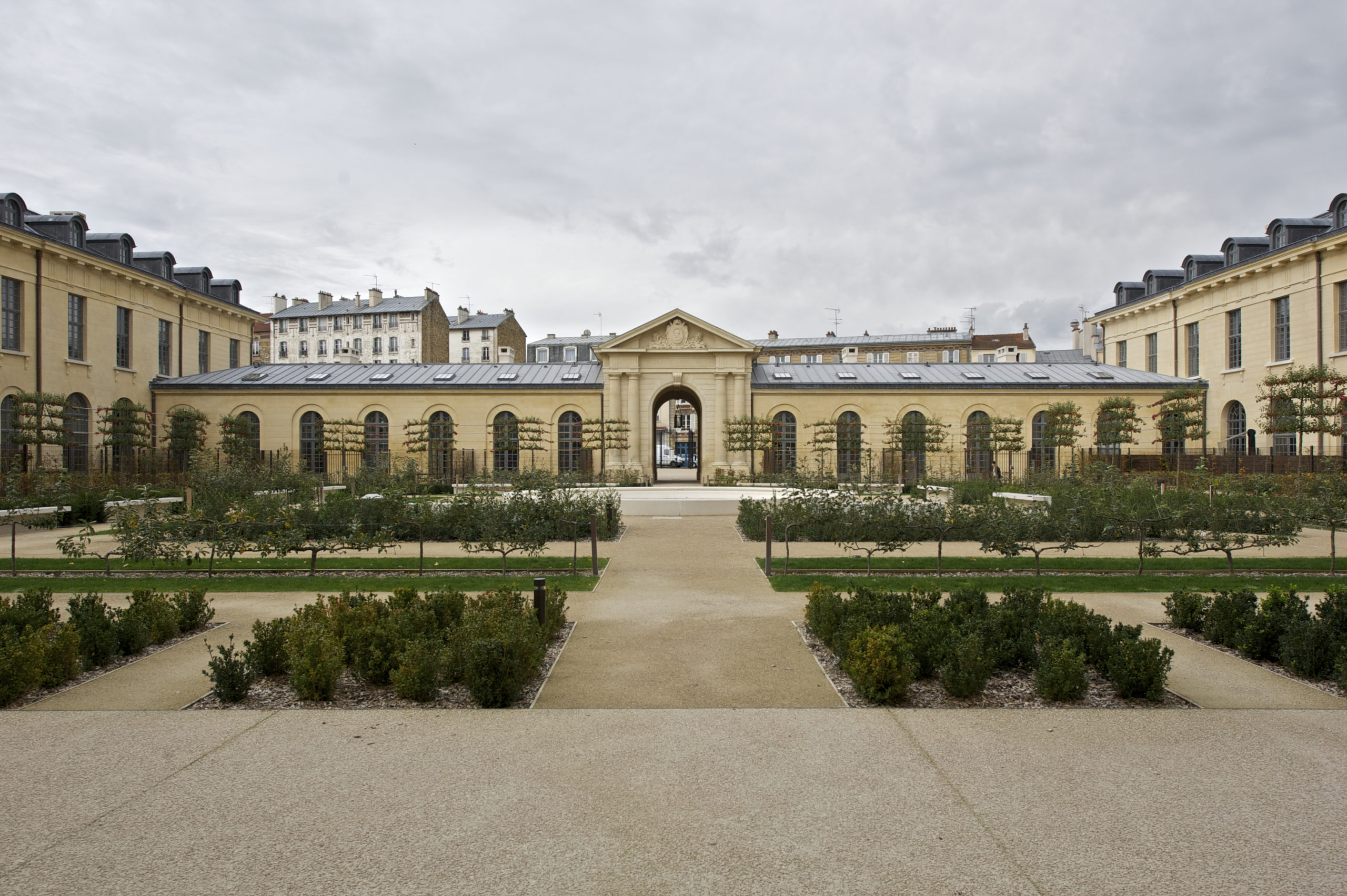
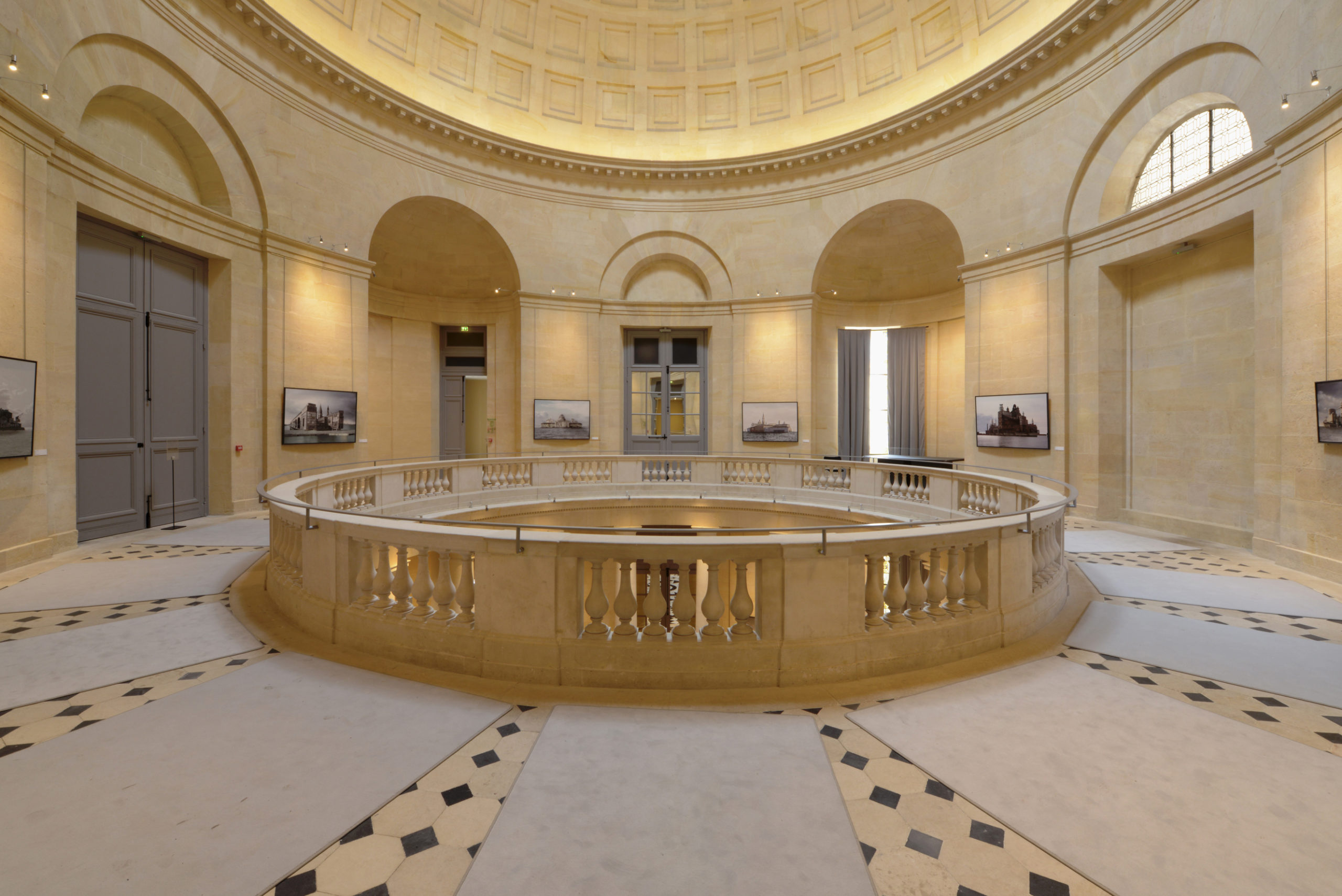
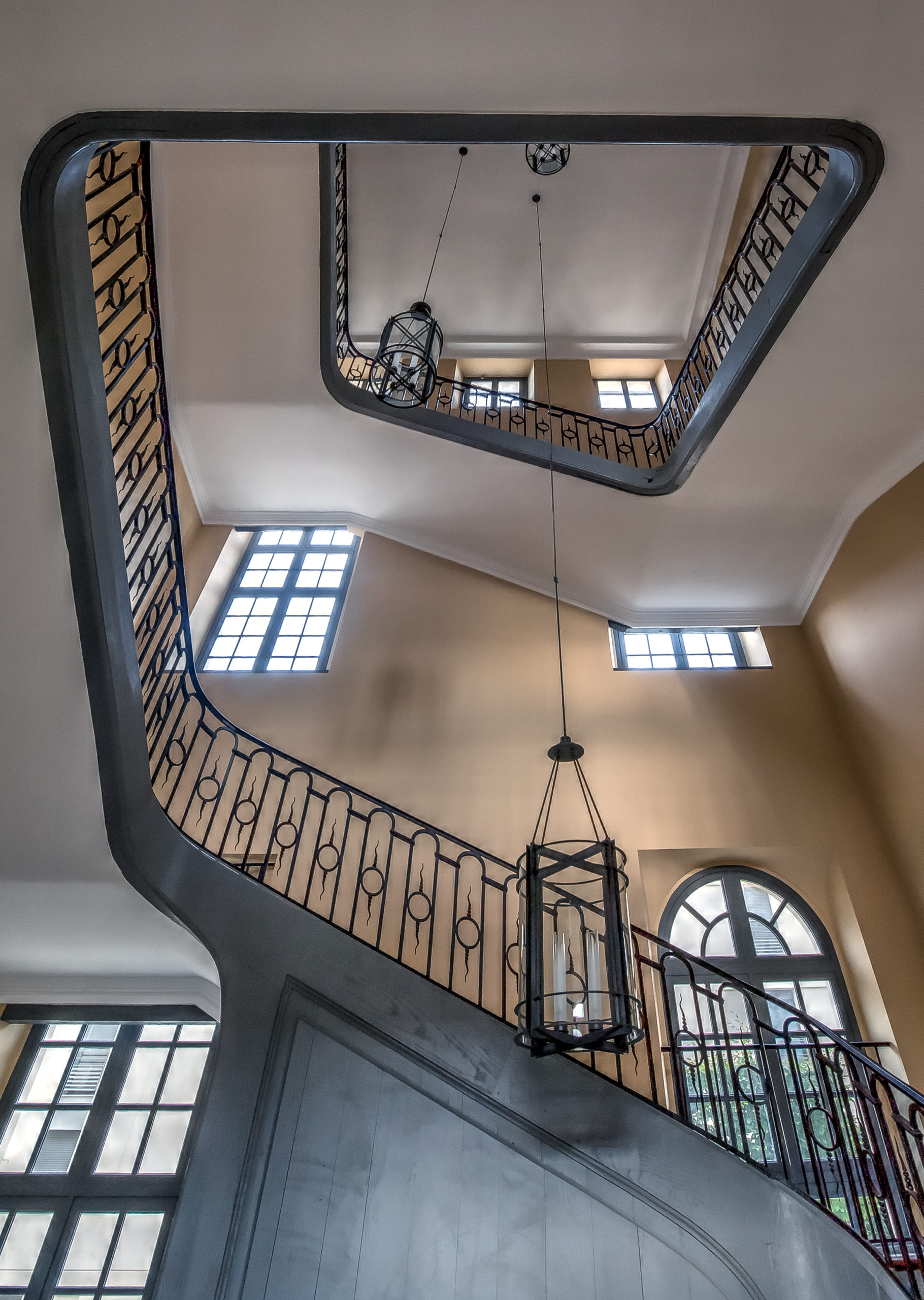
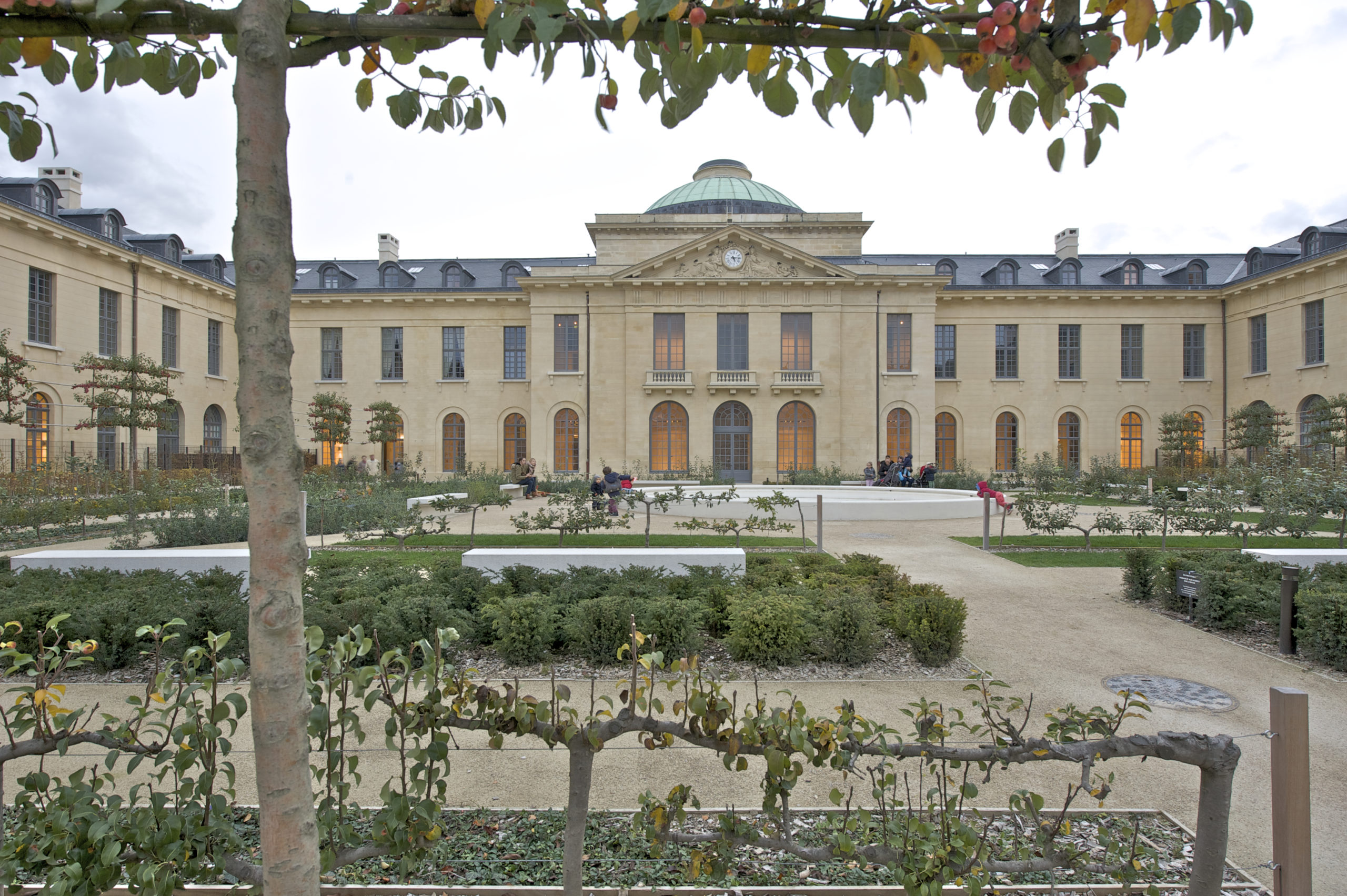
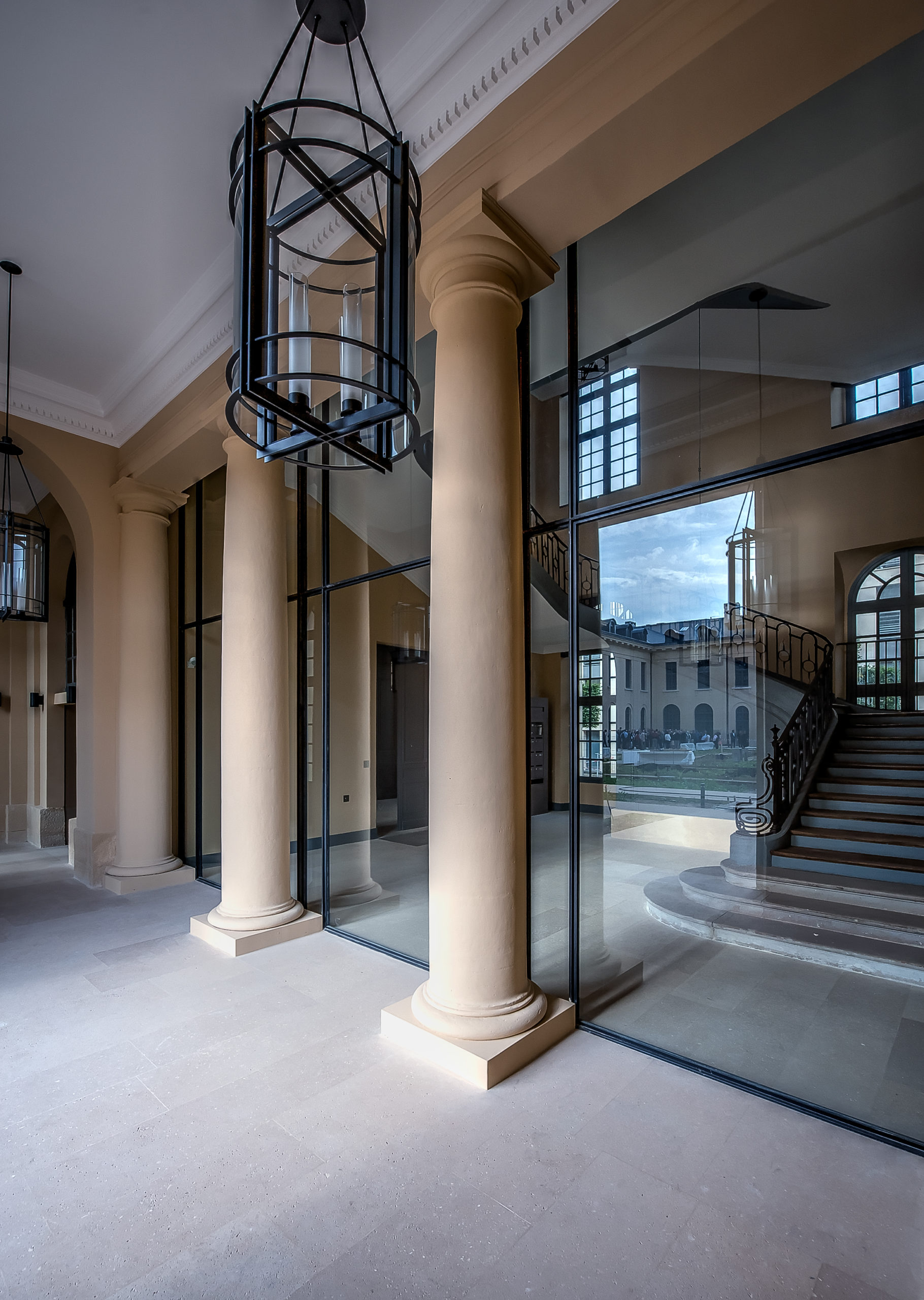
The remarkable site of the former royal hospital called for a global reflection on its integration into the city. Wilmotte & Associés therefore imagined the creation of a new district around this major architectural element.
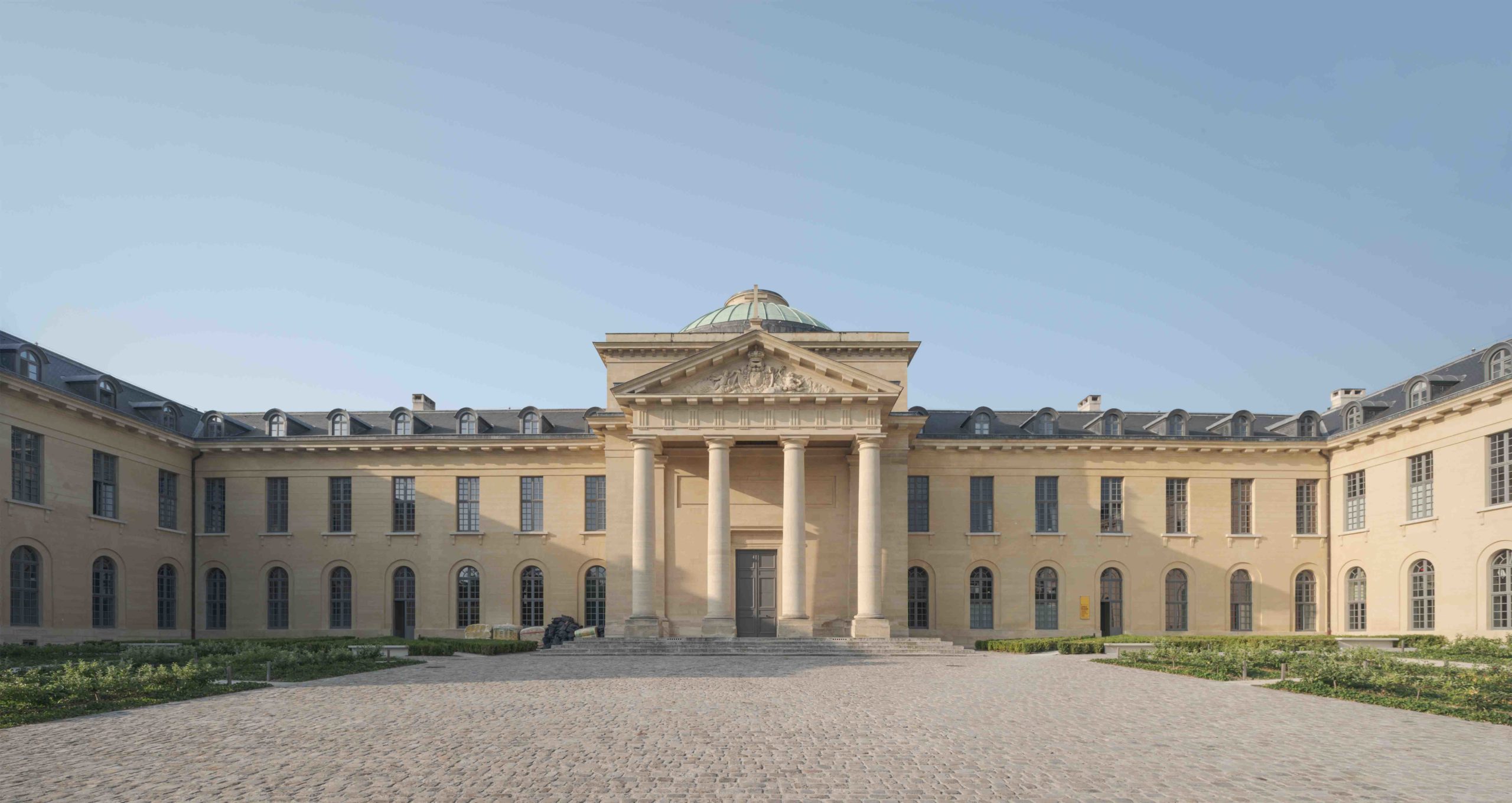
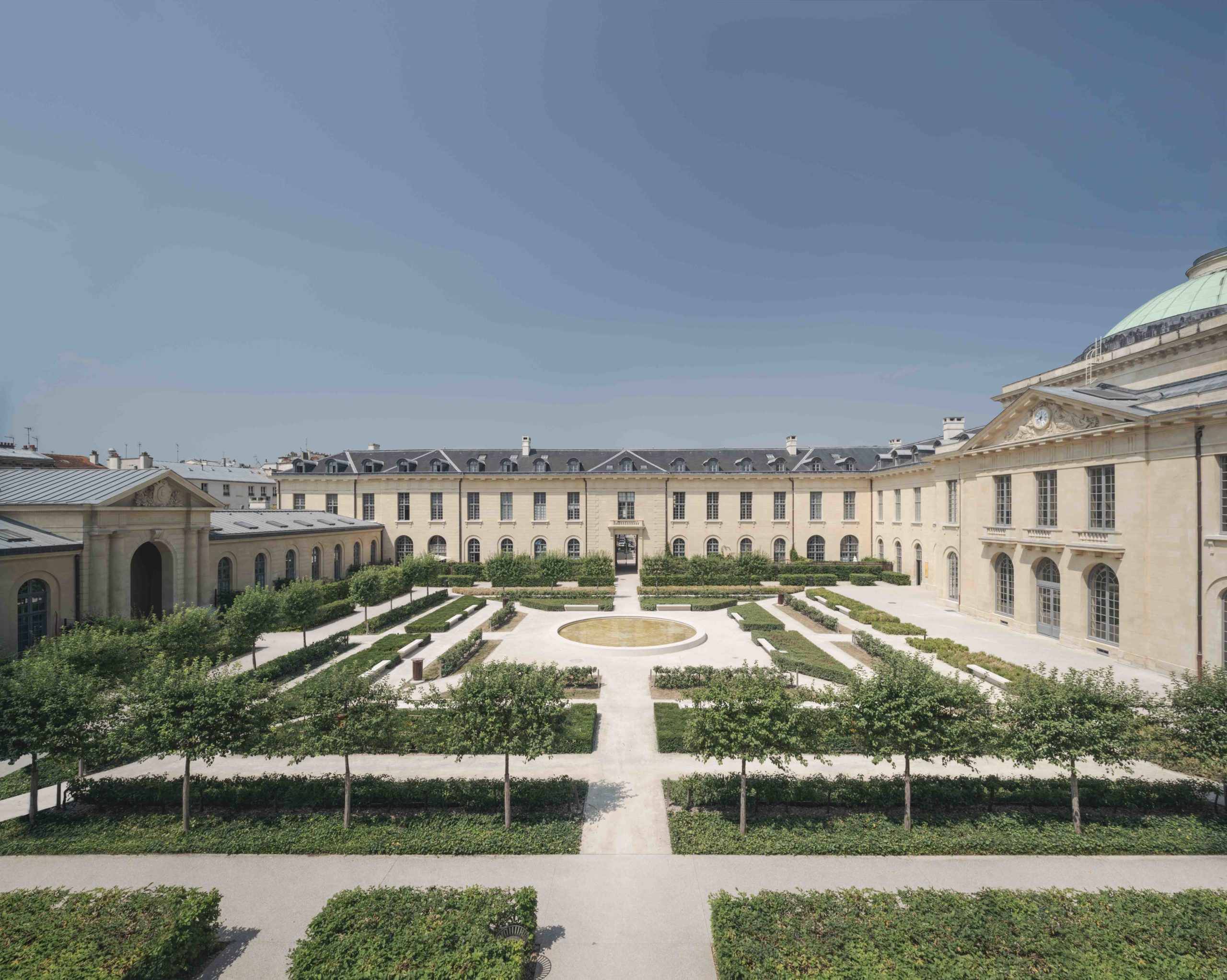
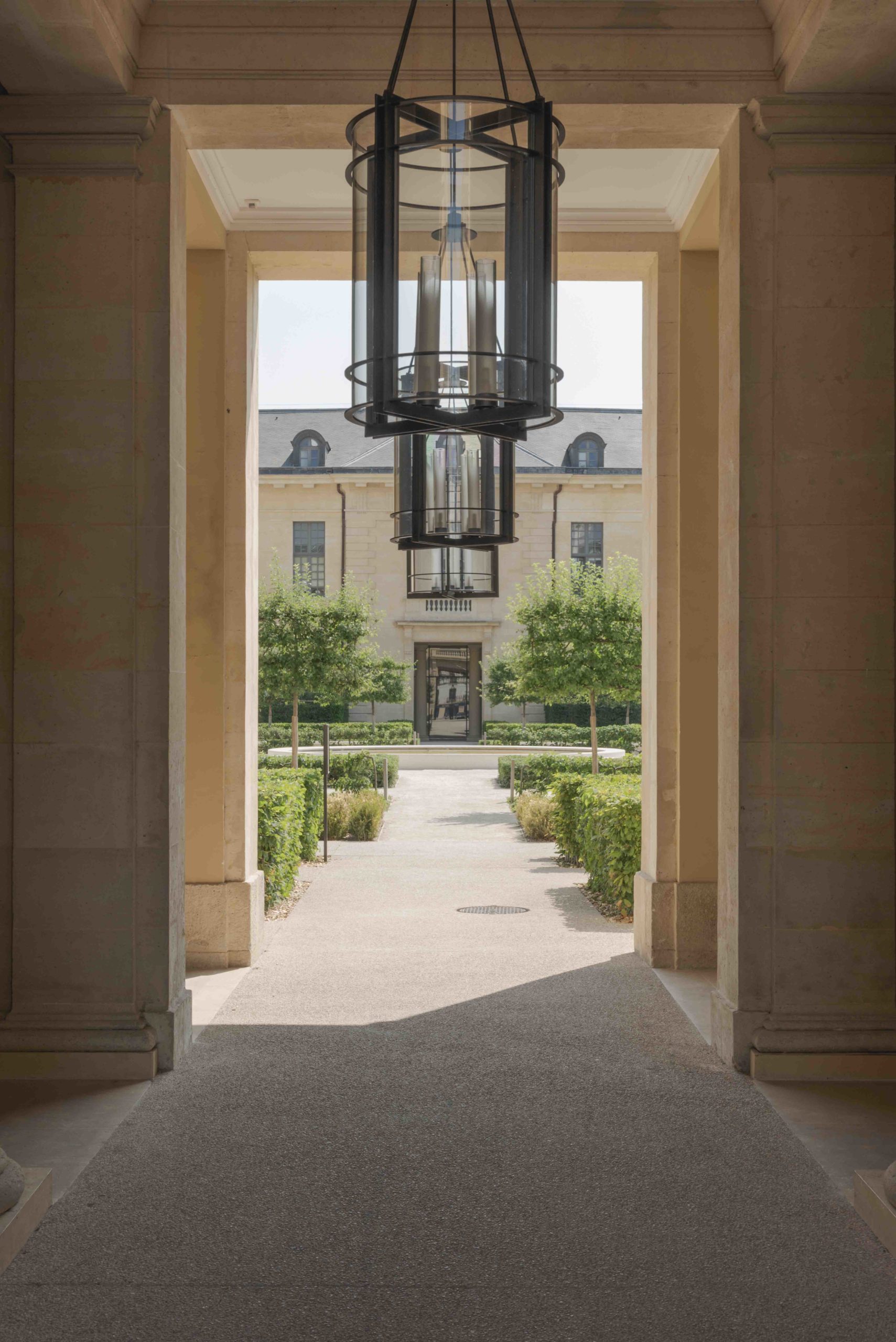
The rehabilitation of the former royal hospital and its complete redevelopment include top-of-the-range flats, a nursery, a prestigious cultural space installed in the former chapel, offices and areas dedicated to the Académie des Sciences Morales, des Lettres et des Arts de Versailles. The project restores the two main façades, to the north and south, their vital role as openings onto the city.
Depending on the degree of deterioration of the ashlar, the damaged sculptures have been reconstituted and the joinery has been the subject of particular care. Many of the timber frames have been renewed, and characteristic features of Versailles architecture, such as bosses and dormers, have been reinterpreted in a more contemporary style.



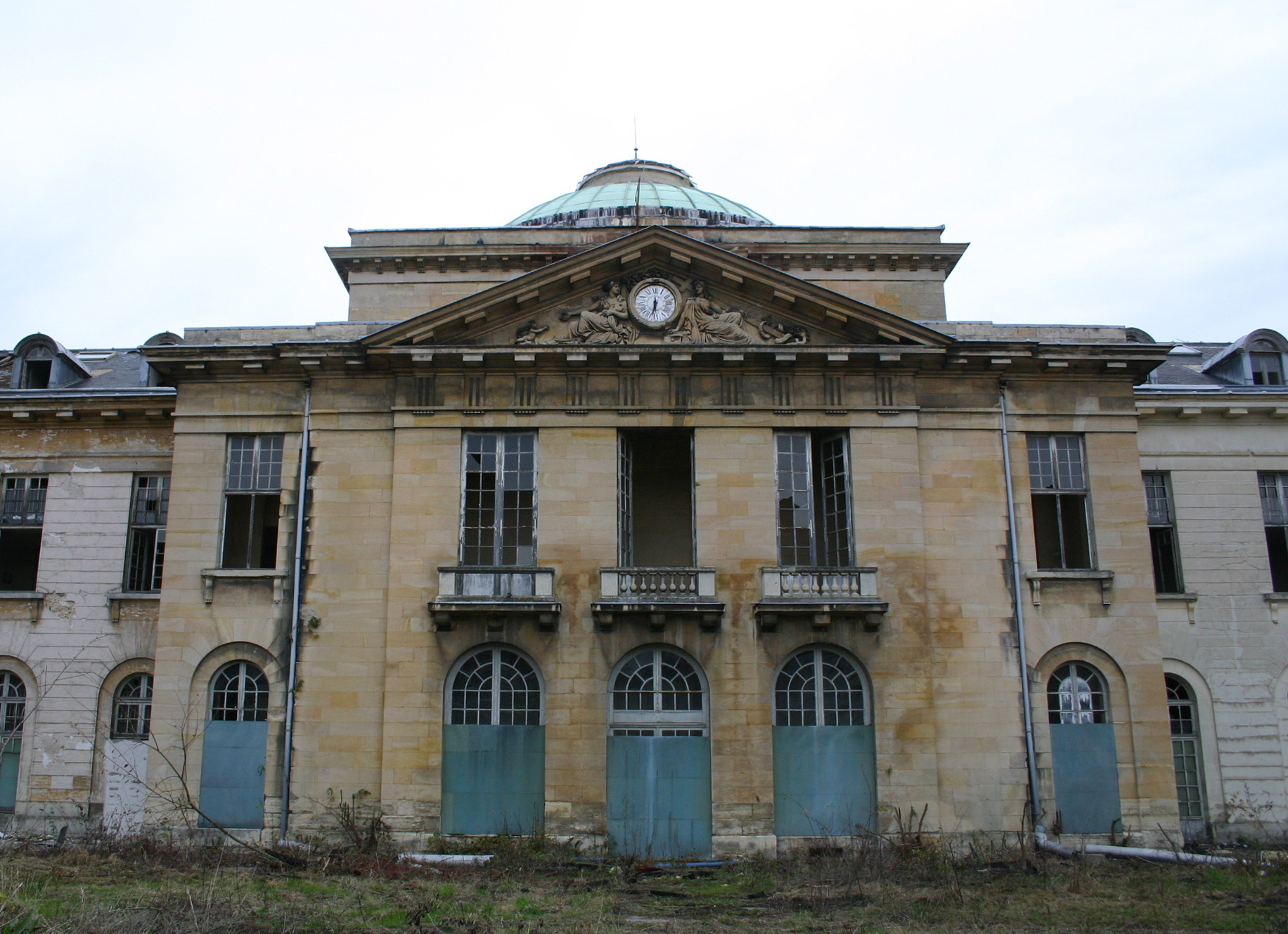
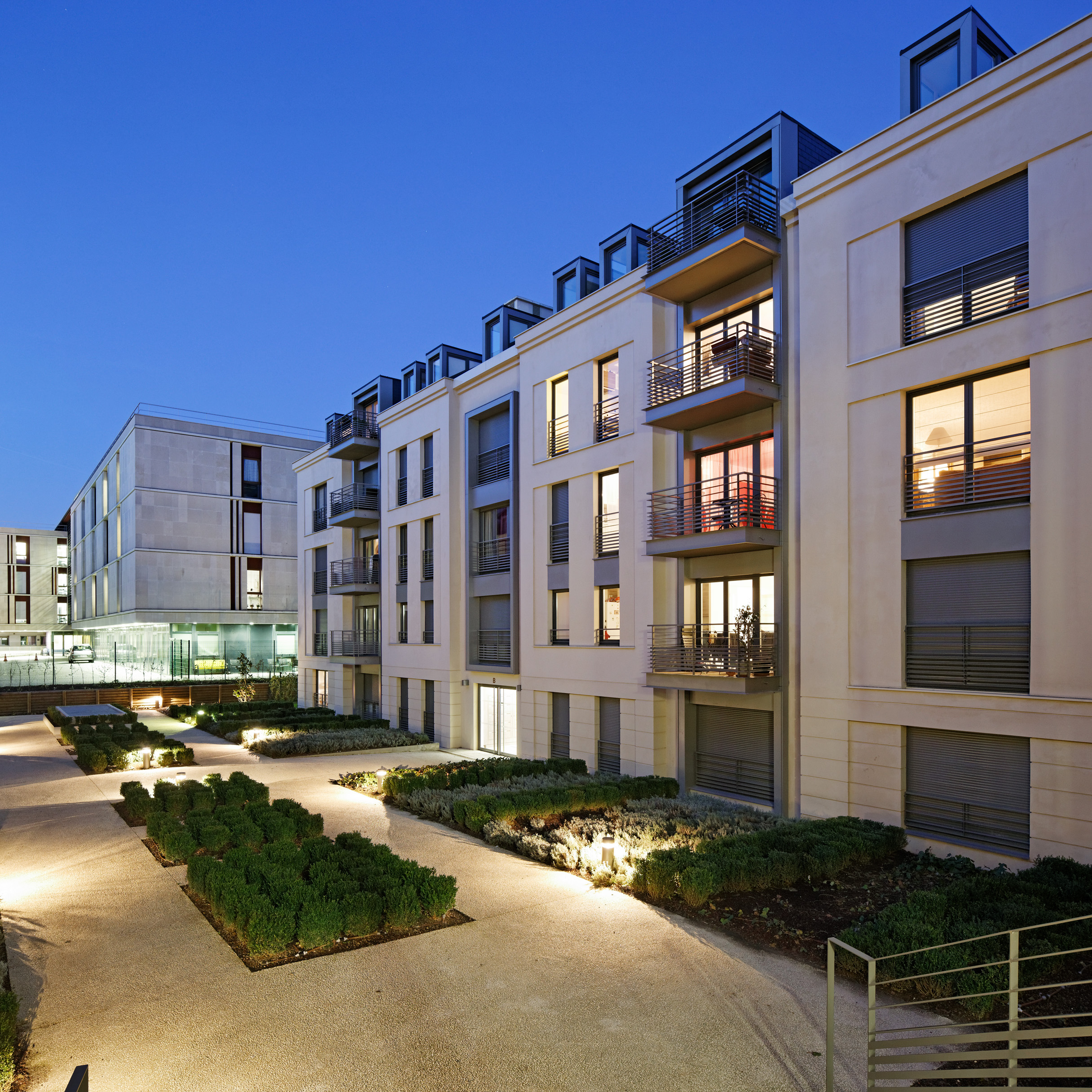

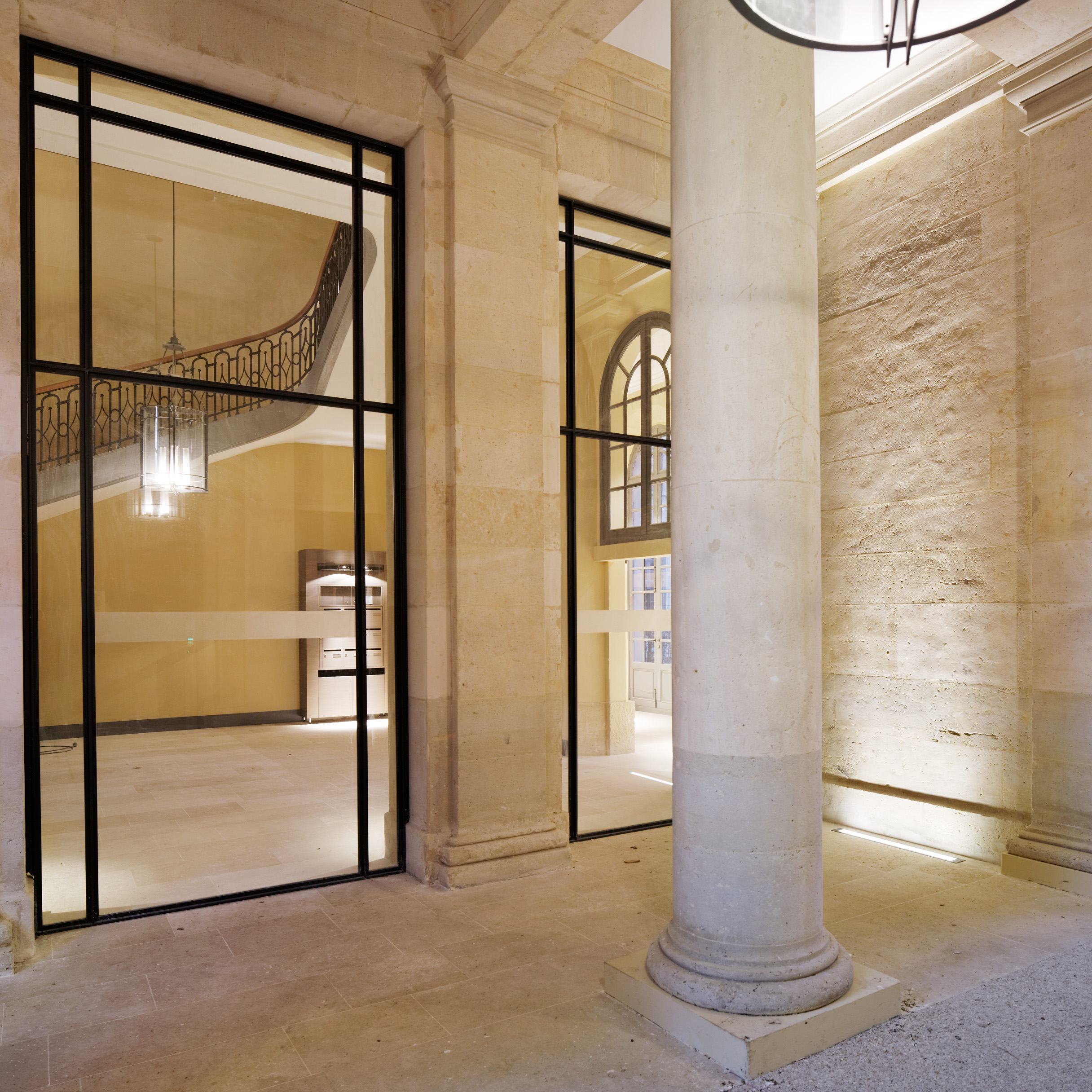
The rehabilitation work was also accompanied by the creation of pedestrian walkways and two blocks of flats on either side of the main building. These buildings have been constructed by freeing up the old façades and creating perpendicular connections to anchor them in the existing urban framework. The particularly rigorous compositional lines underline and follow the design of the old hospital.
The royal hospital has become the centrepiece of a large-scale project that will enable the town to offer a new range of housing and services in an exceptional, unspoilt setting. This operation to safeguard the town’s heritage is now one of France’s largest town centre rehabilitation projects.






